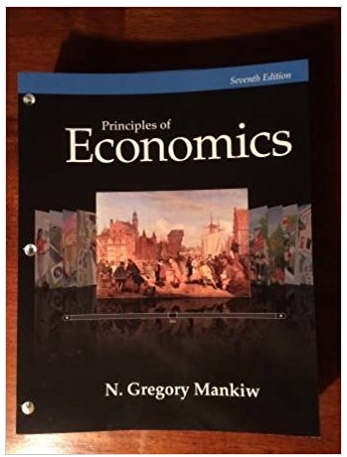Multiple Choice Questions 1. Approximately what percentage of U.S. national income is paid to workers, as opposed
Question:
1. Approximately what percentage of U.S. national income is paid to workers, as opposed to owners of capital and land?
a. 30 percent
b. 50 percent
c. 70 percent
d. 90 percent
2. If firms are competitive and profit-maximizing, the demand curve for labor is determined by
a. The opportunity cost of workers' time.
b. The value of the marginal product of labor.
c. Offsetting income and substitution effects.
d. The value of the marginal product of capital.
3. A bakery operating in competitive markets sells its output for $20 per cake and hires labor at $10 per hour. To maximize profit, it should hire labor until the marginal product of labor is
a. 1/2 cake per hour.
b. 2 cakes per hour.
c. 10 cakes per hour.
d. 15 cakes per hour.
4. A technological advance that increases the marginal product of labor shifts the labor- __________ curve to the __________.
a. Demand, left
b. Demand, right
c. Supply, left
d. Supply, right
5. Around 1973, the U.S. economy experienced a significant __________ in productivity growth, coupled with a(n) __________ in the growth of real wages.
a. Acceleration, acceleration
b. Acceleration, slowdown
c. Slowdown, acceleration
d. Slowdown, slowdown
6. A storm destroys several factories, thereby reducing the stock of capital. What effect does this event have on factor markets?
a. Wages and the rental price of capital both rise.
b. Wages and the rental price of capital both fall.
c. Wages rise, and the rental price of capital falls.
d. Wages fall, and the rental price of capital rises.
Opportunity Cost
Opportunity cost is the profit lost when one alternative is selected over another. The Opportunity Cost refers to the expected returns from the second best alternative use of resources that are foregone due to the scarcity of resources such as land,...
Fantastic news! We've Found the answer you've been seeking!
Step by Step Answer:
Related Book For 

Question Posted:





